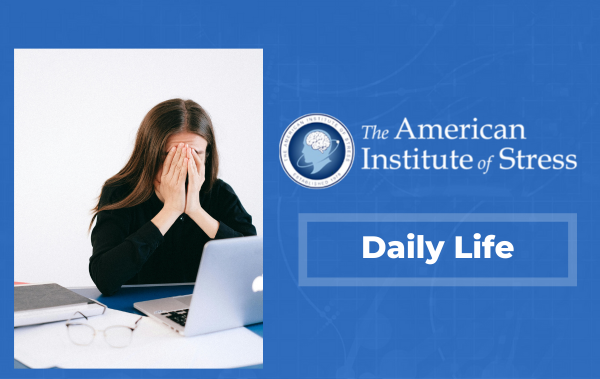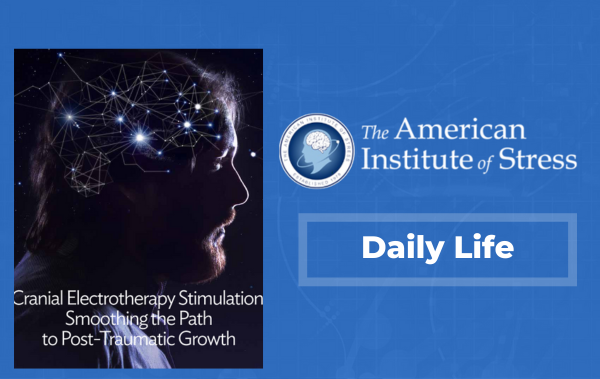How to create more calm in 2022.
KEY POINTS
- Those with ADHD often aim for too much change, set unrealistic expectations about performance, and struggle with following through on goals.
- The best strategy for achieving one’s goals, especially with ADHD, is to understand the key difference between stress and burnout.
- Because certain executive functioning skills are typically weaker for people with ADHD, focusing on one goal at a time is critical.

Source: Galeanu Mihai/iStock photo ID:1344917658
If you are tired of feeling so much stress in your life, the start of a new year and pressures to create resolutions may only add more tension. These promises for a “better” 2022 often fail because people with ADHD aim for too much change, set unrealistic expectations about performance, and struggle with how to follow through on their goals. Instead of helping, your goals end up being frustrating: They demonstrate yet another way that you can’t measure up and simply add more tension to your days.
Sound familiar? This year, instead of aiming to change multiple things simultaneously, do something different: Focus on changing one habit at a time that contributes to your stress.
Stress continues to be unusually high for many people right now. Whether you are dealing with changes at school, work, or home, you’ve been managing novel situations for months. The effects of COVID-19 have been relentless.
Understanding stress vs. burnout
Stress occurs when there are too many pressures on your mind and body; it’s a matter of too much. When people are stressed, they wonder about finding some trick to figuring out how to get their lives under control. They experience physical symptoms and keep searching for a magic solution to make it all go away.
This is different than burnout. Burnout reflects a deficiency; it’s a matter of not enough. You lack energy or resources because you are depleted. Your fuel tank is empty. When people are burned out, they experience more emotional symptoms such as hopelessness, a lack of motivation, and exhaustion.
How to lower stress with ADHD
The key to lowering stress lies in reducing your commitments and slowing down stimulation. For folks with ADHD, these options can be unappealing and boring. Who wants to limit fun activities or do only one thing at a time? Because ADHD craves novelty, it can be especially tough for you to do the things that will assist you in managing stress. Plus, your brain already struggles to manage intense emotions due to naturally occurring, biological executive functioning challenges.

Source: Rawpixel/iStock photo: 935941772
Reducing overwhelm by pausing or giving yourself time before agreeing to do something, scheduling adequate downtime to integrate and process information or experiences, and doing more of what you enjoy can assist you in feeling less stressed. Setting up routines for eating, sleeping, personal hygiene, cleaning laundry, and spending time with friends reduces the sense of drowning—an important aspect of stress. You want to aim to decrease the “too-muchness” of your life. This is why picking one habit to change in 2022 makes more sense than aiming for four or five.
The key to recovering from burnout
Recovering from burnout differs because the issues relate more to feeling empty, overburdened, or unsatisfied. Isolation, shame, and self-criticism are common denominators for folks who experience burnout.
Burnout is often the result of an imbalance in your work-life ratio, or the school/extracurricular activities/work-life ratio for students. How can you set limits on these? Think about something that makes you happy (no matter how small) and bring that into your life. The key to recovering from and preventing burnout is active self-care and a healthy lifestyle.
The importance of a growth mindset
The process of change relies on having a growth mindset. A growth mindset establishes that being human means living and learning: You will make mistakes and, instead of berating yourself for your fumbles, you pause, regroup and tweak what you are doing. It’s this capacity to pivot that encourages us to keep going and keep growing.
Changing habits, especially those that contribute to stress, takes time and practice because it’s difficult to undo something that’s familiar even if it’s not working. It takes self-awareness of your behaviors, automatic negative thoughts, and impulsive reactions along with emotional control and working memory to sustain the commitment and follow through to shift a habit.

Source: fizkes/iStock photo:1126649002
These executive functioning skills are typically weaker for people living with ADHD, which is why focusing on one thing at a time is so critical. Practicing self-compassion, being patient with yourself, and expecting to stumble as you try to make a change are ways that you can counter the natural negative self-talk and criticism that may hold you back.
Start by doing a brain dump of three to five habits that increase your tension. Consider things like timeliness, clutter, emails, insufficient sleep, hygiene, socializing, grocery shopping, turning your work in—anything that stresses you out. This list serves as your overall hope but it is not your map. You’ve got to pare this list down to make the progress you hope for in 2022. Follow these steps:
- Pick one thing that seems easiest to address. Of course, it’s not easy, but it should be simpler than some of the other stuff. This can be a habit that you have tried to change before and are still working on or something entirely different. The goal is to choose something that seems doable so you feel encouraged by your efforts. Concrete tasks, such as choosing a specific day or time to clean your room, creating a landing shelf for your keys, wallet, and phone to prevent losing them, or setting up alarms to arrive places on time (most of the time) might be better to begin with because you can see progress immediately.
- Adjust your timeframe. Forget about doing anything for 12 months and pick something shorter. Setting a goal for the whole year doesn’t make a lot of sense for the ADHD brain. It’s too long, too amorphous, and, frankly, too daunting. Instead, adjust your timeframe to a period of one month, mark a date on your calendar with a reminder and check in with yourself. If things are going well, do it for another month. Now you are on a roll. Schedule a moment after the third month to reflect and regroup. How is it going? Do you want to continue with this as your goal or switch to or add another one? If you add something else, keep it practical too.
- Aim for steadiness, not perfection. Goal-directed persistence can be tough for folks with ADHD so do the best you can. Expect some setbacks. That’s a normal part of learning, growth, and change. As much as you can, avoid expectations of perfection and, instead, lean into being good enough. Offer yourself encouragement by noticing what is going well and consider writing down (or speaking into the phone) one positive thing per day. This practice reduces pessimism and negativity. You may also consider asking a friend or family member to be your accountability buddy as long as this person won’t add to your stress. They can share their one habit and you can support each other.
Original post by Psychology Today
By sharon Saline, Psy.D., is a clinical psychologist and an expert in how ADHD, LD, and mental health affect children, teens and families.





